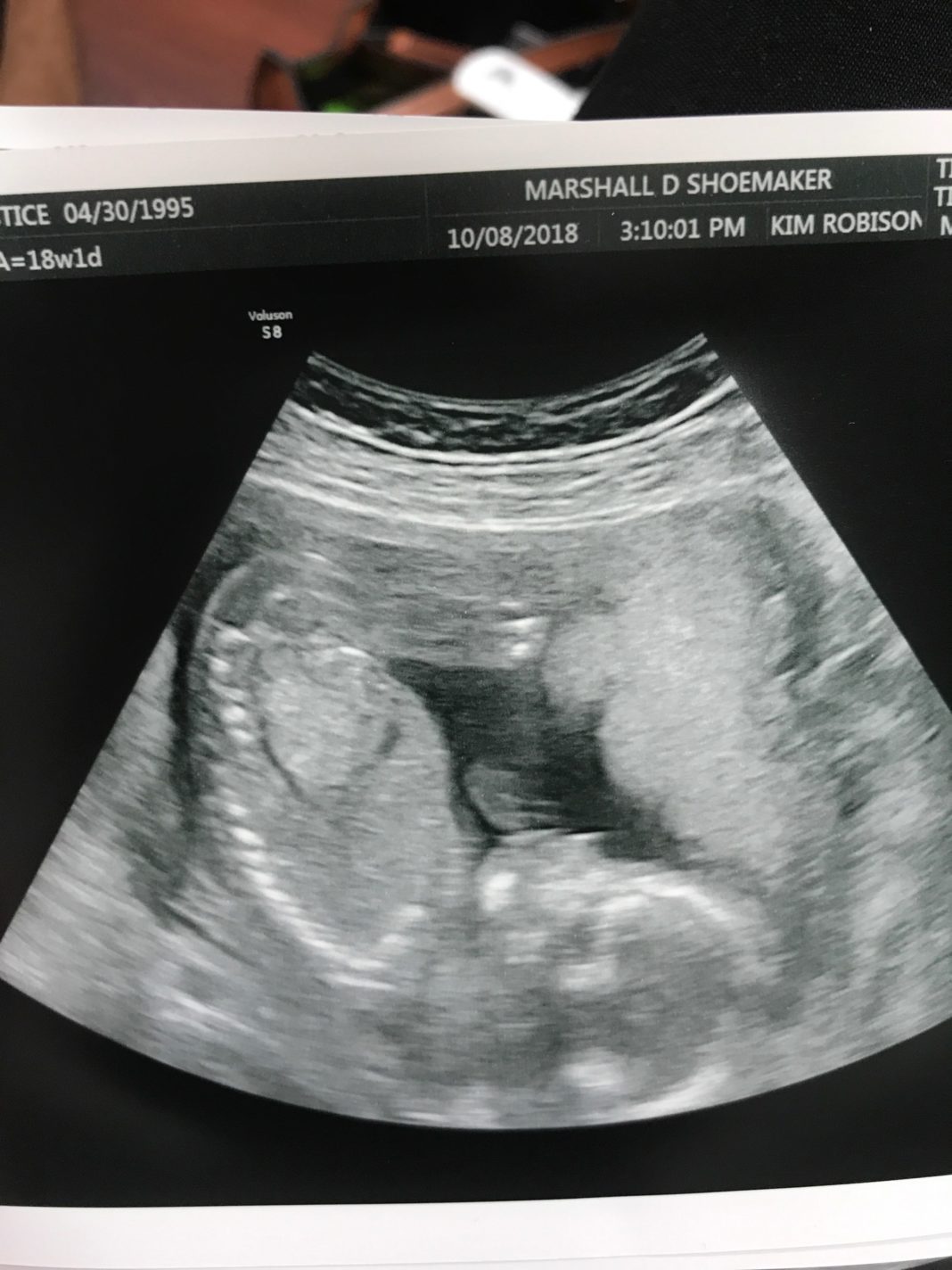UNITED STATES—The Trump Administration is laying the foundation of a new plan to promote ethical alternatives to tax funded research that uses aborted babies body parts.
According to a notice published by the U.S. Department of Health and Human Services, the new grants under the National Institute of Health (NIH) will provide $20 million to developing alternatives to “human fetal tissue obtained from elective abortions.”
LifeNews.com reported details about government spending on some of the research being done on aborted baby parts.
In a recent LifeNews.com article, the National Institute of Health (NIH) had a deadline of Wednesday, December 5 to renew a contract that required researchers at the University of California San Francisco (UCSF) to acquire human remains in the form of aborted baby parts to be used for testing on mice with compromised immune systems.
According to reports, tax dollars were being used to purchase body parts of healthy, late term aborted babies including unborn babies up to 24 weeks of gestation. The NIH, an agency under HHS, granted $100 million dollars for research contracts.
The Department of Health and Human Services announced their new strategic plan in November which includes to “Reform, strengthen, and modernize our Nation’s health care for all American citizens including those still in the womb.”
“The concern with fetal-tissue research is that it’s not ethical and that any research or therapies or treatments that are attempted are going to be tainted,” says Dr. Tara Sander Lee, associate scholar at the Charlotte Lozier Institute, in a recent interview.
The Trump administration has been exploring opportunities to support research with ethical alternatives.
“HHS is fully committed to prioritizing, expanding, and accelerating efforts to develop and implement the use of these alternatives,” said HHS Secretary of Health, Brett Giroir in a November 2018 letter.
According to the HHS notice, NIH will soon seek “applications to develop and/or further refine human tissue models that closely mimic and can be used to accurately model human embryonic development or other aspects of human biology and that do not rely on the use of human fetal tissue obtained from elective abortions.”






